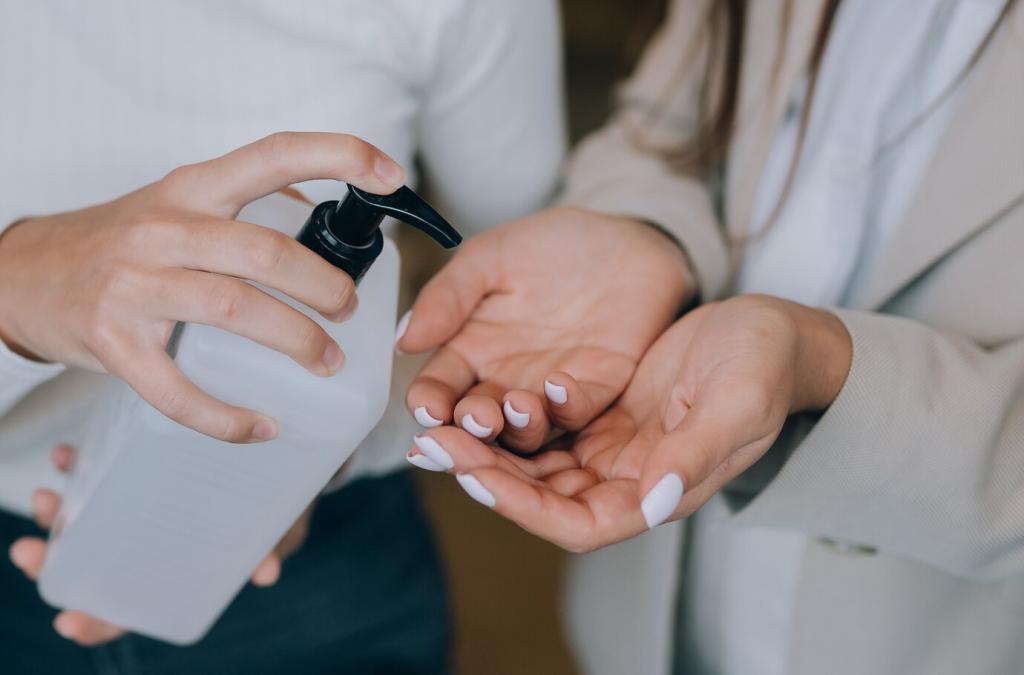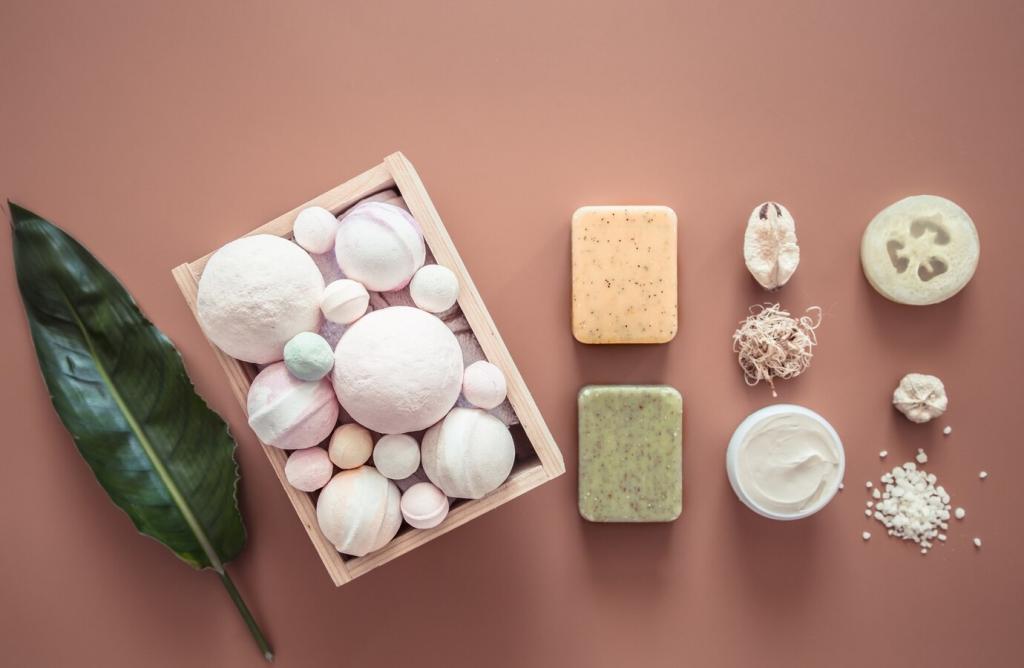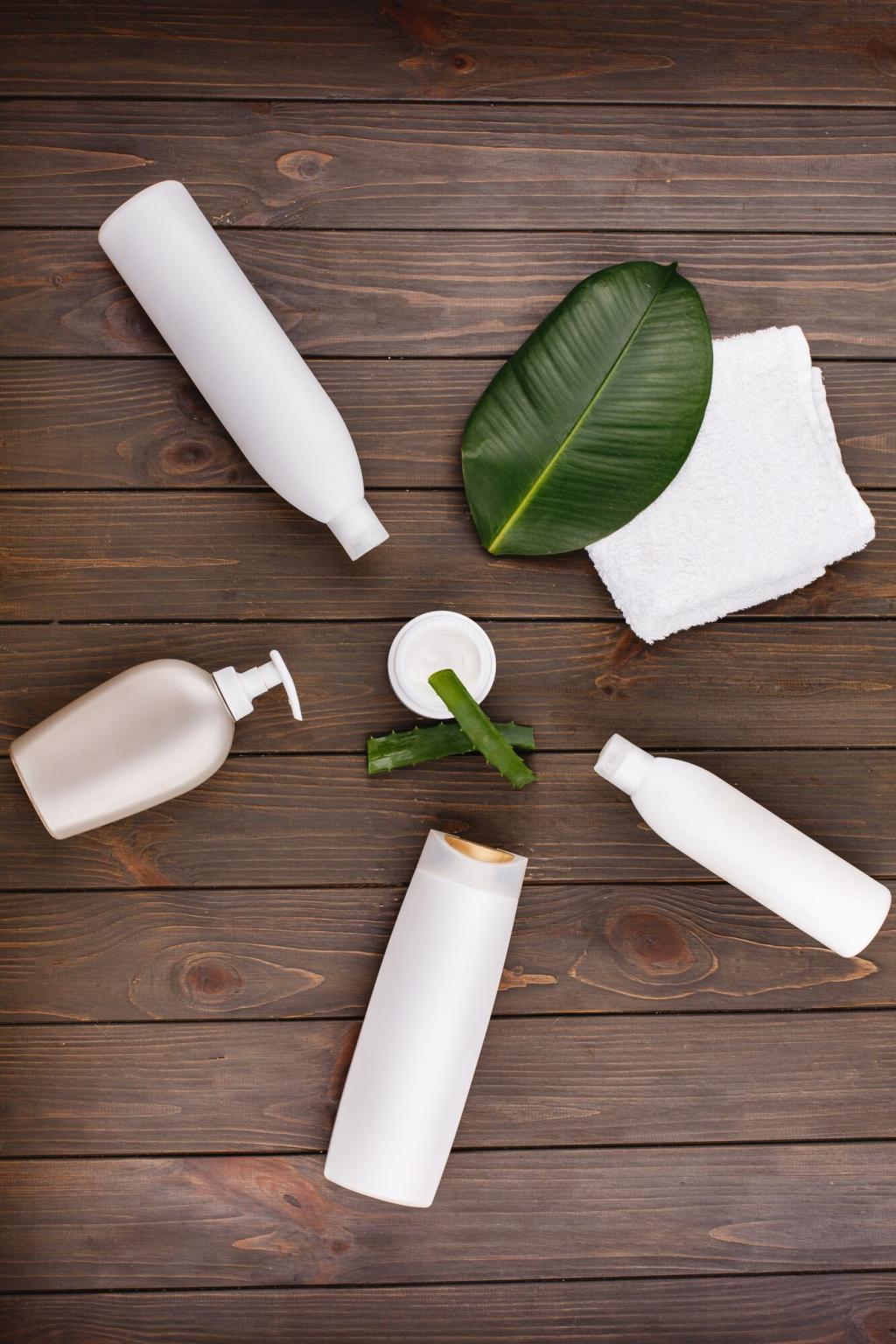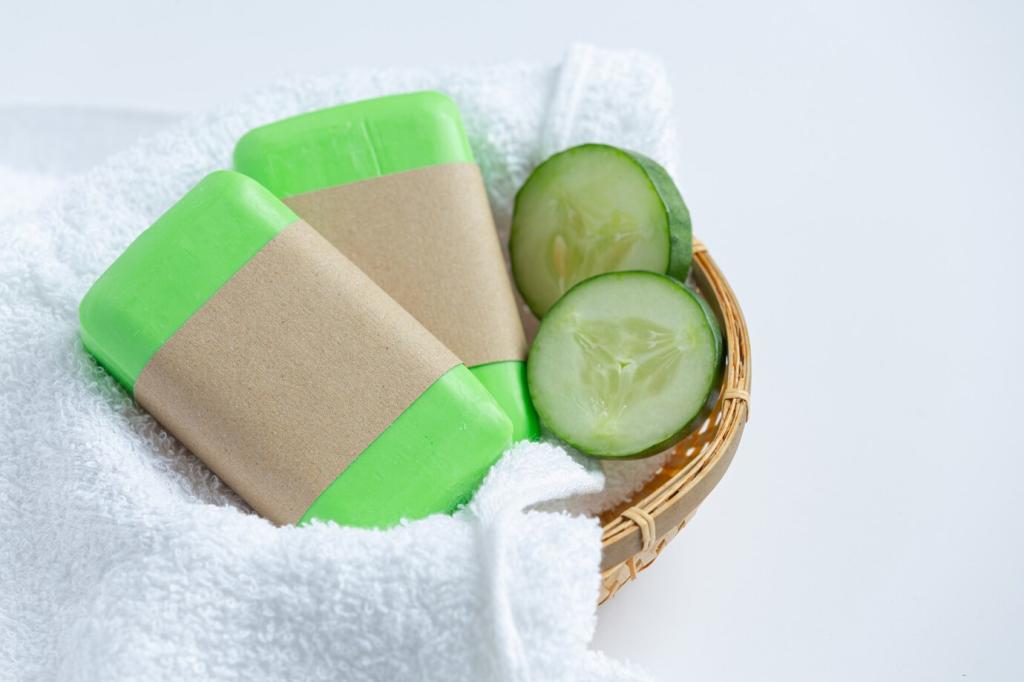Simple Routine and Community Check-In
Dust with a dry microfiber cloth, then a quick pass using the Castile cleaner on high-touch areas like handles or cuffs. Finish with the rinse mist. This short ritual prevents buildup that later requires tougher, riskier interventions.
Simple Routine and Community Check-In
Every few months, perform a thorough clean, a careful rinse, full dry time, and a whisper of balm on wear points. Store with breathable covers, never plastic. Document your recipe ratios so results remain consistent across seasons.







